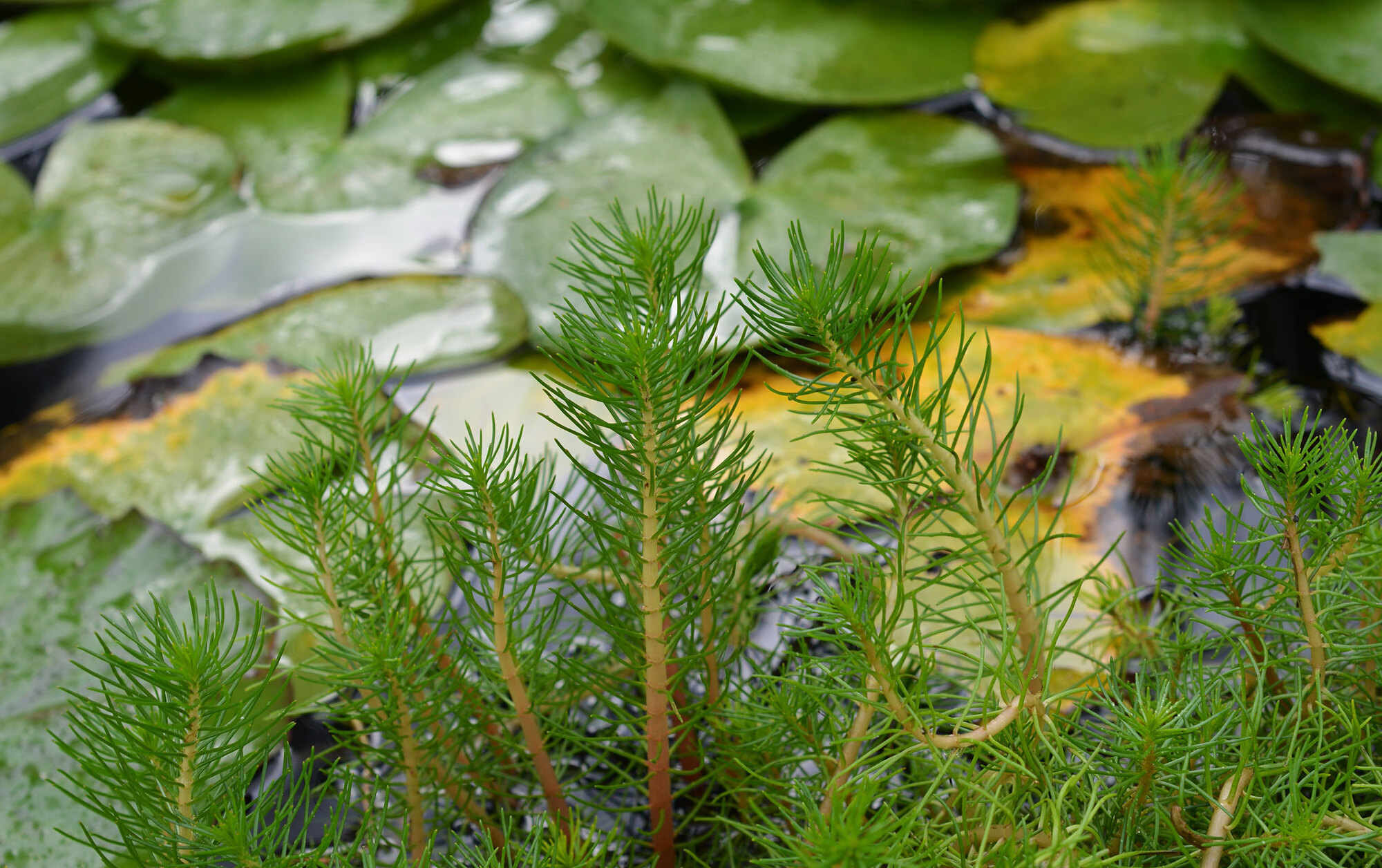
Myriophyllum, commonly known as water milfoil, is a fascinating aquatic plant with a rich history and unique characteristics. Found in freshwater environments, this plant plays a crucial role in maintaining healthy ecosystems. Did you know that Myriophyllum can grow up to 10 feet long? Its feathery leaves provide excellent habitat for fish and other aquatic creatures. However, not all species are beneficial. Some, like the Eurasian water milfoil, are invasive and can disrupt local ecosystems. Understanding the differences between native and invasive species is essential for environmental conservation. Curious about more intriguing facts? Dive into these 27 fascinating tidbits about Myriophyllum!
What is Myriophyllum?
Myriophyllum, commonly known as water milfoil, is a fascinating aquatic plant. Found in freshwater environments, it plays a crucial role in aquatic ecosystems. Let's dive into some intriguing facts about this unique plant.
- Myriophyllum is a genus of about 69 species of aquatic plants.
- The name "Myriophyllum" comes from Greek, meaning "ten thousand leaves."
- These plants are often found in ponds, lakes, and slow-moving streams.
- Myriophyllum species can grow both submerged and partially emerged.
- They have feathery, whorled leaves that provide excellent habitat for aquatic life.
Ecological Importance of Myriophyllum
Myriophyllum isn't just another plant in the water; it plays a vital role in maintaining the health of aquatic ecosystems.
- Myriophyllum provides shelter for fish and invertebrates.
- It helps stabilize sediment, reducing erosion in aquatic environments.
- The plant improves water quality by absorbing excess nutrients.
- Myriophyllum can help control algae growth by competing for nutrients.
- It serves as a food source for various aquatic animals.
Myriophyllum and Human Interaction
Humans have a complex relationship with Myriophyllum, ranging from its use in aquariums to its status as an invasive species.
- Some species of Myriophyllum are popular in aquariums due to their attractive appearance.
- Myriophyllum spicatum, or Eurasian water milfoil, is considered an invasive species in many parts of the world.
- Invasive Myriophyllum can form dense mats that interfere with recreational activities like boating and swimming.
- Management of invasive Myriophyllum often involves mechanical removal or the use of herbicides.
- Researchers are exploring biological control methods, such as introducing natural predators, to manage invasive Myriophyllum.
Unique Characteristics of Myriophyllum
Myriophyllum has some unique features that set it apart from other aquatic plants.
- The leaves of Myriophyllum are finely divided, giving them a feathery appearance.
- Myriophyllum can reproduce both sexually and asexually.
- The plant produces small, inconspicuous flowers that are often overlooked.
- Some species of Myriophyllum can tolerate a wide range of water conditions, from acidic to alkaline.
- Myriophyllum can grow rapidly, sometimes doubling its biomass in just a few weeks.
Challenges and Conservation
Despite its benefits, Myriophyllum faces several challenges that threaten its survival in some areas.
- Pollution and habitat destruction are major threats to Myriophyllum populations.
- Climate change can alter water temperatures and conditions, affecting Myriophyllum growth.
- Invasive species can outcompete native Myriophyllum, leading to declines in native populations.
- Conservation efforts include habitat restoration and pollution control to protect Myriophyllum.
- Public awareness and education are crucial for the conservation of Myriophyllum and other aquatic plants.
Fun Facts About Myriophyllum
Let's wrap up with some fun and lesser-known facts about Myriophyllum.
- Myriophyllum has been used in traditional medicine in some cultures.
- The plant's feathery leaves make it a popular choice for underwater photography.
The Final Word on Myriophyllum
Myriophyllum, often called water milfoil, is more than just a pretty aquatic plant. It plays a crucial role in ecosystems, providing habitat and food for various aquatic creatures. However, some species, like the Eurasian watermilfoil, can become invasive, disrupting local waterways and outcompeting native plants. Understanding these dual roles helps in managing and appreciating this plant better.
Whether you're a gardener, environmentalist, or just curious, knowing about Myriophyllum's benefits and challenges can be eye-opening. From improving water quality to sometimes causing headaches for water managers, this plant is a fascinating study in balance. Keep an eye out for it next time you're near a pond or lake. It might just surprise you with its resilience and beauty.
Was this page helpful?
Our commitment to delivering trustworthy and engaging content is at the heart of what we do. Each fact on our site is contributed by real users like you, bringing a wealth of diverse insights and information. To ensure the highest standards of accuracy and reliability, our dedicated editors meticulously review each submission. This process guarantees that the facts we share are not only fascinating but also credible. Trust in our commitment to quality and authenticity as you explore and learn with us.
